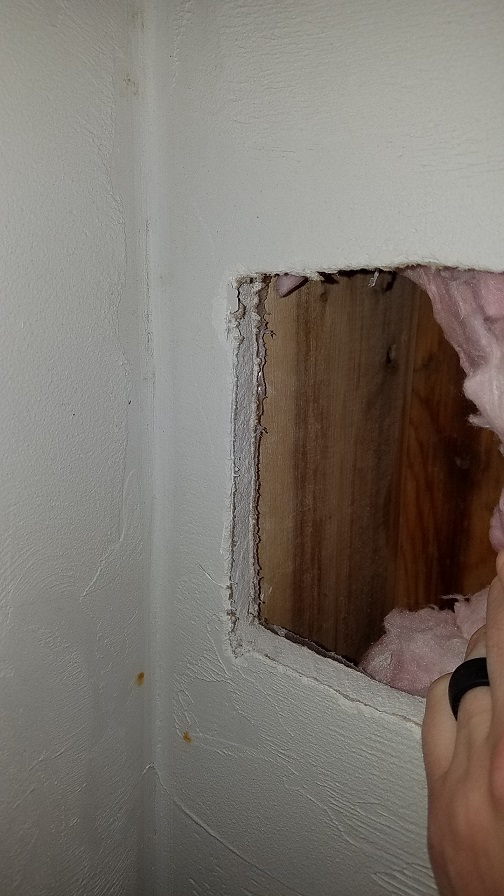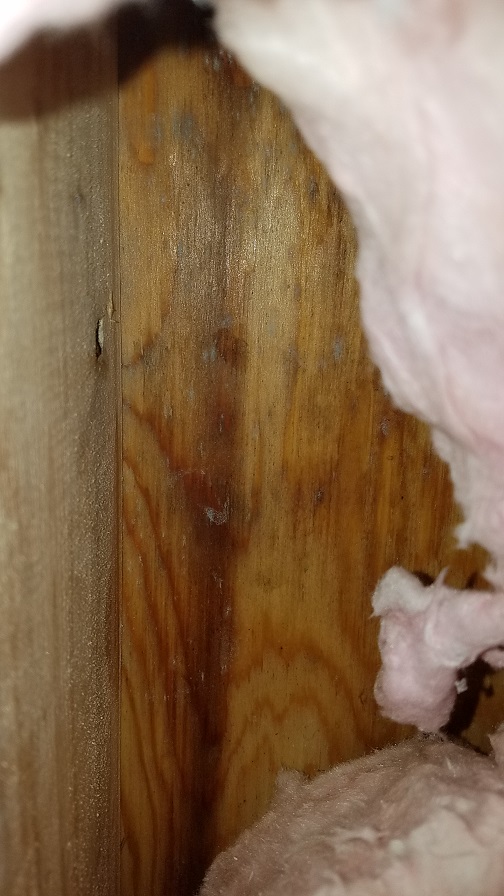protivakid
Member
I have an issue that I've noticed on one corner of my house but probably have elsewhere. My wife noticed some mold along the baseboard in one room's closet. I peeled back the board and saw some more mold. I started cutting the drywall and discovered that in the Massachusetts winter, condensation seems to form inside the wall on the outer wood. This then melts when the temps warm up and has nowhere to go creating the mold.
Originally I wondered if it was a leak however we've had a good amount of rain the past couple days in the summer and the wall is dry as can be. Is there anything I can do to correct this? Or is this expected in New England?
I imagine the mold was on the baseboard because the vapor barrier doesn't go all the way down to the floor, still extending it so the floorboard didn't mold would just hide the problem better with the issue still being present inside the wall.
Pics below from winter after I cut into the wall:

Hard to see but the wood is shiny on the back from ice / moisture

Originally I wondered if it was a leak however we've had a good amount of rain the past couple days in the summer and the wall is dry as can be. Is there anything I can do to correct this? Or is this expected in New England?
I imagine the mold was on the baseboard because the vapor barrier doesn't go all the way down to the floor, still extending it so the floorboard didn't mold would just hide the problem better with the issue still being present inside the wall.
Pics below from winter after I cut into the wall:

Hard to see but the wood is shiny on the back from ice / moisture

Last edited:
